Fetus
Poster Session 2
(550) Fetoscopic Spina Bifida(fSB) repair with Human Umbilical Cord(HUC) Compared with Open In-Utero SB Repair (oSB)
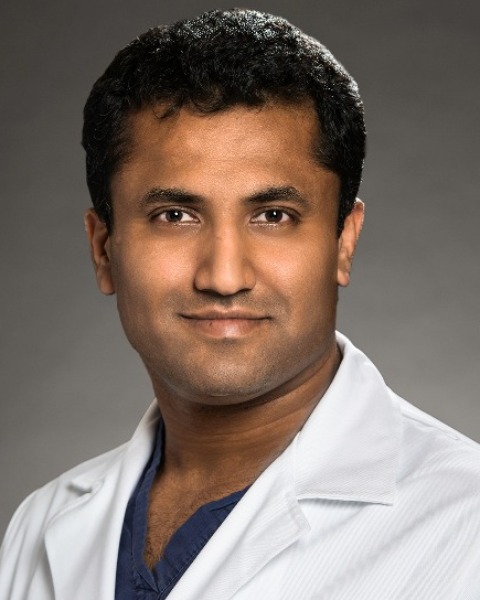
Ramesha Papanna, MD, MPH
Professor
McGovern Medical School at UTHealth Houston
Houston, TX, United States- SF
Stephen A. Fletcher, DO
Neurosurgery, Pediatric Neurosurgery
McGovern Medical School at UTHealth Houston
Houston, TX, United States - LM
Lovepreet Mann, MBBS (she/her/hers)
McGovern Medical School at UTHealth Houston
Houston, TX, United States 
Jeannine Garnett, PhD (she/her/hers)
Program Manager, Research - Ob/Gyn Maternal Fetal Medicine
McGovern Medical School at UTHealth Houston
Houston, TX, United States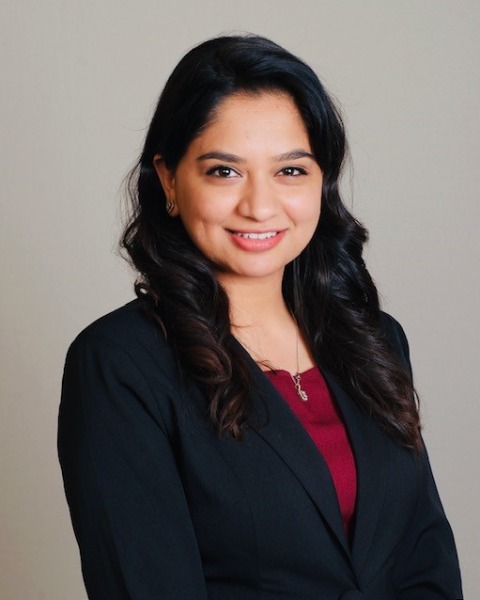
Neha Agarwal, MBBS, MD
Post doctoral Research Fellow
McGovern Medical School at UTHealth Houston
Houston, TX, United States- AS
Ashley Salazar, DNP
McGovern Medical School at UTHealth Houston
Houston, TX, United States 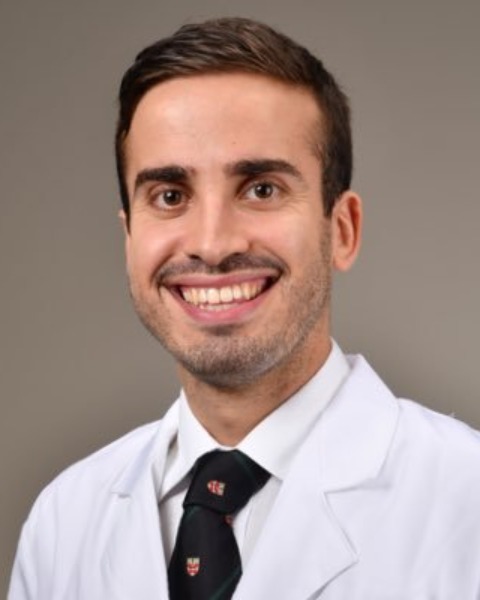
Sami Backley, MD
Clinical Fellow PGY 8
McGovern Medical School at The University of Texas Health Science Center at Houston (UTHealth)
Houston, TX, United States- SP
Shreya Pandiri, BS
McGovern Medical School at UTHealth Houston
Houston, TX, United States 
Eric P. Bergh, MD
Assistant Professor
McGovern Medical School at The University of Texas Health Science Center at Houston (UTHealth)
Houston, TX, United States- MA
Mary Austin, MD
Pediatric Surgeon
McGovern Medical School at UTHealth Houston
Houston, TX, United States - BM
Brandon Miller, MD
Assistant Professor, Division Of Pediatric Neurosurgery
McGovern Medical School at UTHealth Houston
Houston, TX, United States - JR
Jerrie Refuerzo, MD
Associate Professor
McGovern Medical School at The University of Texas Health Science Center at Houston (UTHealth)
Houston, TX, United States 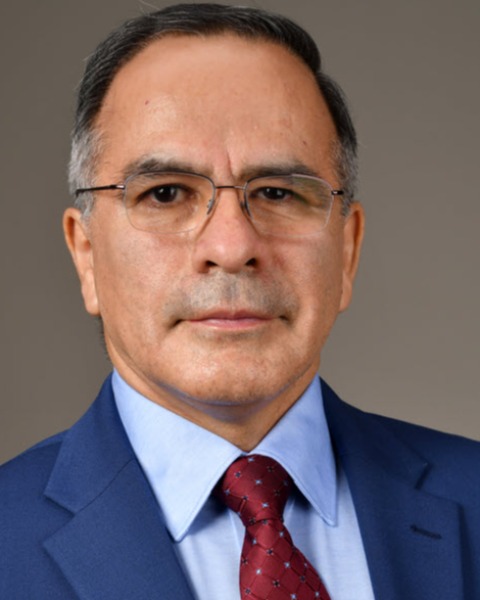
Jimmy Espinoza, MD, MSc (he/him/his)
Professor
McGovern Medical School at the University of Texas Health Science Center Houston, The Fetal Center- Children’s Memorial Hermann Hospital
Houston, TX, United States.jpg)
Anthony Johnson, DO
Professor
McGovern Medical School at UTHealth Houston
Houston, TX, United States- RJ
Ranu Jain, MD
Division of pediatric anesthesiology, Department of Anesthesiology, Critical Care and Pain Medicine
Houston, TX, United States 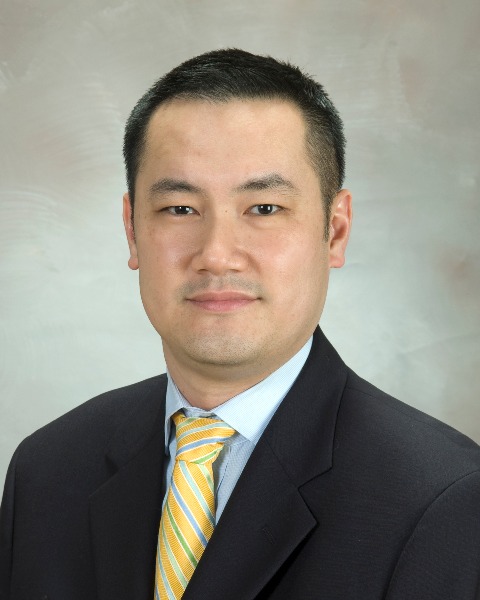
Kuojen Tsao, MD
Chief of Pediatric Surgery
McGovern Medical School at Houston, UTHealth Houston
Houston, TX, United States
Primary & Presenting Author(s)
Coauthor(s)
After successfully testing fSB repair with HUC as a meningeal patch for small myelomeningocele cases, we expanded to include all spina bifida defects, aiming to compare fSB with oSB repair.
Study Design:
Under a single-arm interventional Food and Drug Administration investigational device exemption and Institutional Review Board approved protocol, we offered fSB-HUC to patients who were candidates for oSB with a fetal spina bifida. The surgical approach was laparotomy-assisted via 3 ports (5 mm, 16 Fr and 9 Fr), with anchored fetal membranes, and it was performed under heated-humified carbon dioxide at a gestational age of 24–25 6/7 weeks. Following placode dissection, the HUC patch was sutured circumferentially using a 4-O Stratafix suture, followed by skin closure with or without HUC patch. Three independent pediatric neurosurgeons assessed the primary outcome of successful closure by image review. Outcomes were compared to our prospective cohort of oSB repair patients from the same center.
Results:
Overall, 50/53 consented to participate in the study, 49 underwent procedure (1 case excluded due to hypertonic uterus). There were no conversions to open repair. The primary outcome was successful in all 49 fSB-HUC repairs. Significant difference in variables in gestational at evaluation and myeloschis was higher in fSB repair(Table). The total operative time and fetal surgical time was 90 minutes longer in the fSB-HUC repair group compared to oSB repair. There was no difference in preterm premature rupture of membranes and gestational age at delivery. Fifty-eight percent of fSB-HUC repair cases delivered vaginally. At birth, there was no leakage of cerebrospinal fluid in the fSB-HUC group compared to 5% in the oSB group, but it did not reach statistical difference.
Conclusion:
Fetoscopic myelomeningocele repair using the HUC as a meningeal patch is feasible, having comparable neonatal short-term outcomes when compared to open in-utero repair. Vaginal delivery was possible in the majority of fetoscopically repaired patients.

